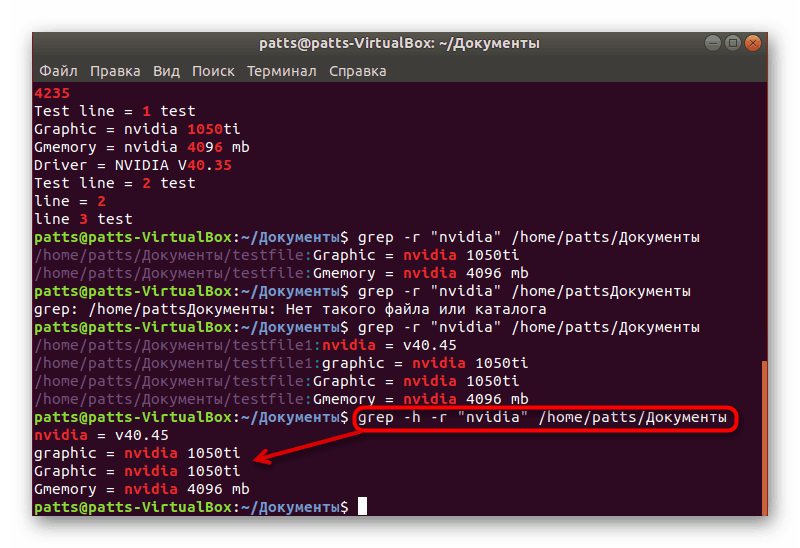

A range of ASCII characters may beĬharacters, separated by a hyphen. If the first character of the list is theĬaret ^ then it matches any character notĮxpression matches any singleĭigit.

Matches any single character in that list Switch causes grep to report byte offsetsĪs if the file were Unix-style text file, To the matching mechanism verbatim if the Strips the CR characters from the originalįile contents (to make regular expressions Under MS-DOS and MS-Windows, grep guesses Fgrep is theĪll variants of grep understand the following Not identical) to grep -E, and is compatible In addition, two variant programs egrep andįgrep are available. By default, grep prints the matching lines. One Windows-based grep tool that stands out from the crowd is PowerGREP.Grep searches the named input files (or standard input if no files are named, or the file name - is given)įor lines containing a match to the given pattern. Some are almost perfectly compatible (but never identical, though), but others fail miserably when you want to use advanced and very useful constructs like lookaround. It’s not because they claim to be Perl-compatible, that they actually are. Unfortunately, many grep tools come with poor documentation, leaving it up to you to figure out exactly which regex flavor they use.
GREP MANUAL SOFTWARE DOWNLOAD
Simply search for “grep” on your favorite software download site.

GREP MANUAL WINDOWS
But if you like to use a graphical user interface, there are many grep-like tools available for Windows and other platforms. If you like to work on the command line, then the traditional grep tool is for you. They only use a slightly different syntax. The GNU versions of grep and egrep have exactly the same capabilities, including alternation for grep and backreferences for egrep. If you type the “egrep” command, you’ll use the GNU Extended Regular Expressions syntax. If you type the “grep” command, you’ll use the GNU Basic Regular Expressions syntax. Again, for the tasks that grep is designed for, this does not matter to you, the user. Otherwise, it uses the faster text-directed engine. If you use backreferences it uses the regex-directed engine. GNU grep, the most popular version of grep on Linux, uses both a text-directed and a regex-directed engine. It just uses a slightly different regex syntax and adds support for alternation, but loses support for backreferences.

Despite the name “extended”, egrep is almost the same as grep. On POSIX systems, egrep uses POSIX Extended Regular Expressions. Since neither grep nor egrep support any of the special features such as lazy repetition or lookaround, and because grep and egrep only indicate whether a match was found on a particular line or not, this distinction does not matter, except that the text-directed engine is faster. On POSIX systems, it uses POSIX Basic Regular Expressions.Īn enhanced version of grep is called egrep. However, grep’s regex flavor is very limited. Most versions of grep use a regex-directed engine, like the regex flavors discussed in the regex tutorial on this website. E.g.: the Linux find command will glob the current directory and print all file names it finds, so find | grep regex will print only the file names that match regex. When used with standard input, grep will print all lines it reads from standard input that match the regex. Grep not only works with globbed files, but also with anything you supply on the standard input. If you use Borland development tools, you already have Borland’s Turbo GREP installed.
GREP MANUAL INSTALL
If you are using Microsoft Windows, you will need to download and install it separately. All Linux distributions (except tiny floppy-based ones) install a version of grep by default, usually GNU grep. If you like to work on the command line, the traditional grep tool will make a lot of tasks easier. Regex matches cannot span multiple lines. This means that grep is inherently line-based. display) each line on which a match was found. It will apply the regex to each line in the files, and print (i.e. If you type grep regex *.txt grep will search through all text files in the current folder. All in all a very useful tool for locating information stored anywhere on your computer, even (or especially) if you do not really know where to look. Grep will output the filenames and the line numbers or the actual lines that matched the regular expression. It can search through files and folders (directories in UNIX) and check which lines in those files match a given regular expression. Grep is a tool that originated from the UNIX world during the 1970’s.


 0 kommentar(er)
0 kommentar(er)
